table of contents:
Introduction
Sewing machine presser foot : this is an essential accessory that every sewing enthusiast must master to achieve impeccable finishes. Whether you are a beginner or an experienced seamstress, the choice of presser foot can transform the quality of your creations. Thanks to this element, the fabric is perfectly held and the sewing becomes more fluid, precise and professional. However, there are a wide variety of types of presser foot , each adapted to a specific use: zipper , invisible hem , thick fabric or even buttonhole .
In this article, you'll discover what a presser foot is for, how to choose it for your project, how to easily change it, and most importantly, the benefits of using it correctly. Whether you're looking to improve the quality of your seams, save time, or explore new techniques, this guide is for you. We also offer a comparison chart , practical tips, useful sewing machine accessories , and a comprehensive FAQ .
What is a presser foot used for on a sewing machine?
A sewing machine presser foot is essential for guiding the fabric and ensuring a smooth seam. It lowers onto the fabric to hold it in place as the needle passes through, allowing for optimal precision, regardless of the type of fabric or stitch used.

IMAGE (illustration of how the presser foot works on a sewing machine)
A presser foot performs several key functions:
- Fabric support to prevent slipping.
- Coordination with the feed dogs.
- Adaptation to different textiles and stitch types.
What are the main types of presser feet?
There are a wide variety of presser foot types , each with a specific use depending on the type of sewing you want. Choosing the right model allows you to gain in efficiency and quality.
-
Zipper : for installing zippers with precision.
-
Buttonhole : to create automatic buttonholes.
-
Invisible hem : for discreet finishes.
-
Teflon : ideal for imitation leather or technical fabrics.
Comparison table
| Foot type | Main use | Suitable fabrics | Machine compatibility |
|---|---|---|---|
| Buttonhole | Automatic creation | Cotton, linen, poplin | Universal or brand specific |
| Zipper | Installing a zip | Jeans, gabardine | All brands with clip |
| Teflon | Sliding on surface | Faux leather, PVC, vinyl | Juki, Janome, Singer |
| Invisible hem | Clean finishes | Veil, fine cotton | Clip-on or screw-on foot |
How to choose the right presser foot?
Choosing a suitable sewing machine presser foot depends on several criteria: nature of the fabric , expected finish and compatibility with the machine.


IMAGE (comparison between standard foot and specialized foot on the same fabric)
- Thin, thick or stretchy fabric = specific foot.
- Check the attachment (clip or screw) and rod height.
- Frequent projects (zip, quilting, buttonholes) = recommended mixed kit.
Is it easy to change a presser foot?
Changing a presser foot is quick, especially with clip-on systems. A simple operation, even for beginners.

Steps to follow:
- Lift the foot lever.
- Remove the old foot (clip or screw).
- Align the new one and lower the lever to engage.
Tips:
- Use a powerful lamp.
- Clean the area before each change.
- Store the feet in a well-organized box.
Benefits of Using the Right Presser Foot
A good sewing machine presser foot guarantees smooth, error-free sewing. It improves the quality and consistency of the result.

Results obtained:
- Straight and clean seams.
- Less jamming or warping.
- More speed and comfort.
- Professional finishes, even for home use.
Bonus for sewing machine presser foot
Beyond the basic models, there are very practical and economical presser foot kits to expand your equipment.
Helpful tips:
- Invest in a complete kit from the start .
- Follow our video tutorials (YouTube with our official brands) .
- Compare models according to your machine.
FAQ about sewing machine presser foot
Which presser foot should I use to start sewing?
A standard foot is sufficient for simple seams on cotton or lightweight fabric.
Are the presser feet compatible with all machines?
No, you need to check the height (low/high) and the type of attachment (clip or screw).
How do I know if my presser foot is universal?
It usually has a standard clip attachment, compatible with several brands.
Which foot for thick fabric like denim or fleece?
A special thick fabric or dual feed foot is recommended.
Are there presser foot kits?
Yes, they often contain 5 to 20 feet, compatible with consumer machines.
Conclusion
Whether you're a beginner or an experienced sewer, using a sewing machine presser foot correctly is essential for achieving clean, consistent results. With a variety of different types available, you can tailor each seam to your project, fabric, and style. Explore specialized models to improve your sewing skills and experience the benefits they offer in terms of precision, speed, and finish.

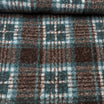

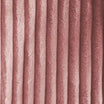

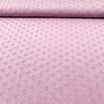
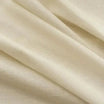
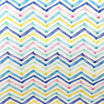
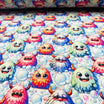
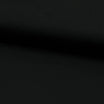
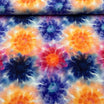
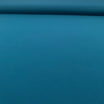
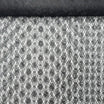
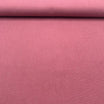
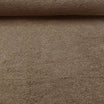

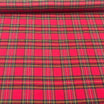
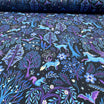
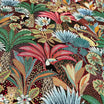

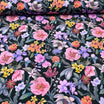
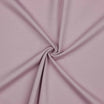
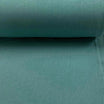
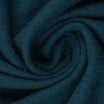
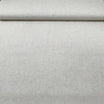
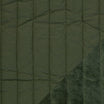
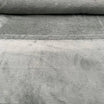
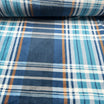

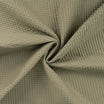




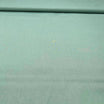
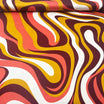
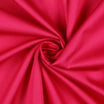

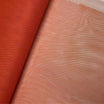

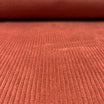
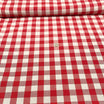
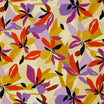
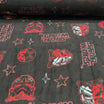
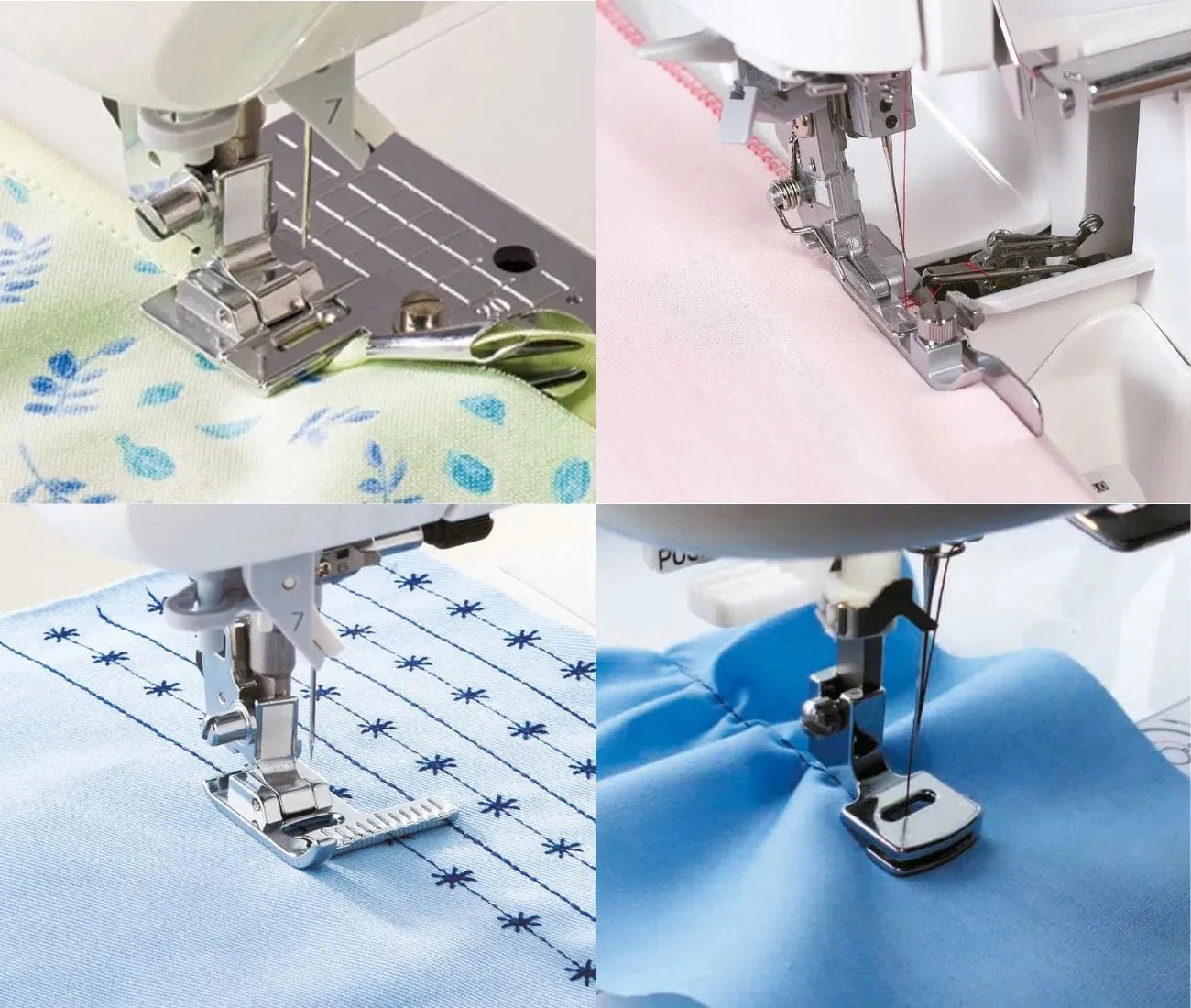
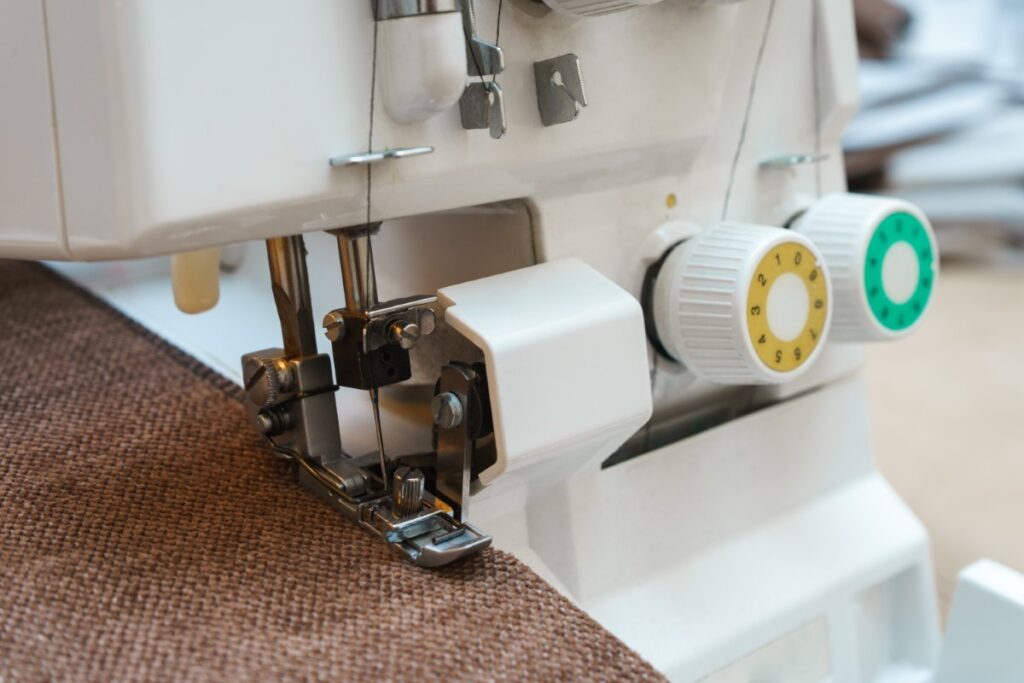
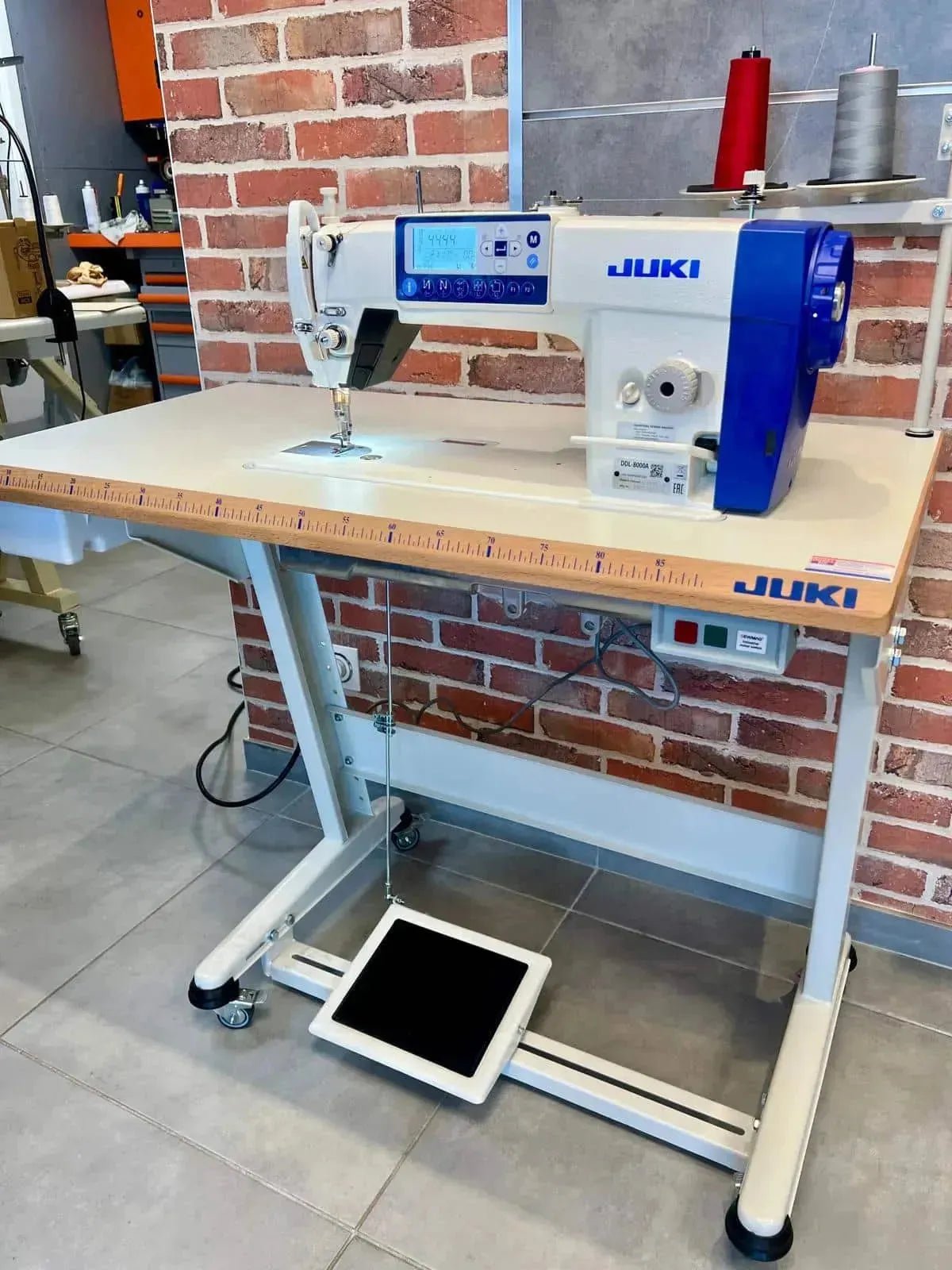
Leave a comment
All comments are moderated before being published.
This site is protected by hCaptcha and the hCaptcha Privacy Policy and Terms of Service apply.